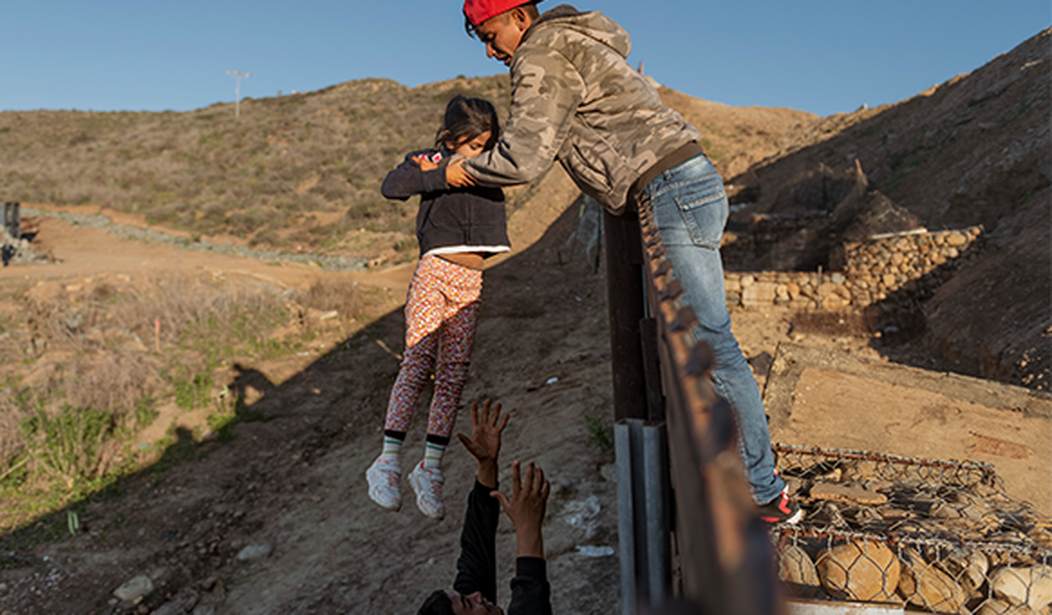Yesterday the Texas Tribune posted a story offering evidence that Trump’s “remain in Mexico” policy, which sends would-be migrants back to Mexico to await their immigration court dates is having its intended effect. Many migrants who came for economic reasons, some believing that having a child with them would give them a quick pass into America, are becoming discouraged and going home.
The official name for the “remain in Mexico” initiative is Migrant Protection Protocols (MPP), an ironic turn of phrase for migrants who feel anything but protected in Mexico. Launched in January in California, the initiative has since spread across the border all the way to deep South Texas. Activists have sued to stop it, but MPP has survived so far as those legal challenges work their way through the courts.
Though thousands of migrants have gone back to Mexico under MPP (more than 10,000 to Juarez alone), requests to both U.S. and Mexican immigration authorities for the latest figures and comment about the program’s impact were not returned as of Friday morning.
One potential sign that many are giving up: a government official in Washington familiar with the MPP initiative said an estimated 40 percent of the migrants returned to Juarez, Mexico, from El Paso did not show up for their initial court hearings. The official did not have permission to comment on the record and spoke on condition of anonymity.
A migration expert from UT Austin tells the Tribune, “There is a big difference between waiting in Boston for your case and waiting in Mexicali or Monterrey.” Mexico is offering migrants the choice of waiting around for their court dates in the rough towns just south of the border or a free bus ride farther south. Many are choosing the bus, having realized that their attempts to game the system aren’t working out as planned:
Franklin Lopez, 44, came to the U.S. border with his 8-year-old daughter and dreams of getting some new work tools he could bring back to Nueva Segovia, Nicaragua.
“We all came with the illusion that with a child you could get through, and unfortunately they reached the limit,” Lopez said. Now he’s headed home $8,000 lighter — $4,000 of it in the hands of a coyote who left him stranded in Guatemala, and $4,000 to get across the U.S. border only to get sent back to Mexico a few days later.
Of course, the fact that many are choosing to head home doesn’t mean that home is going to be easy, but many of the people who took a ride counting on a better job seem to have realized home is better than staying in the dangerous border towns of Mexico. However, the Tribune points out two clear exceptions. Everyone they spoke to who had fled Cuba or Venezuela planned to hold out. I suspect that’s because those people realize there is nothing for them to return to, except perhaps the risk of being punished by communist tyrannies that run those countries for leaving in the first place.
Of course, the same people screaming about “concentration camps” in the US will also be outraged that “remain in Mexico” is working, but this is how we hopefully reduce the surge of migrants to a level that our over-taxed asylum system can once again handle.








Join the conversation as a VIP Member